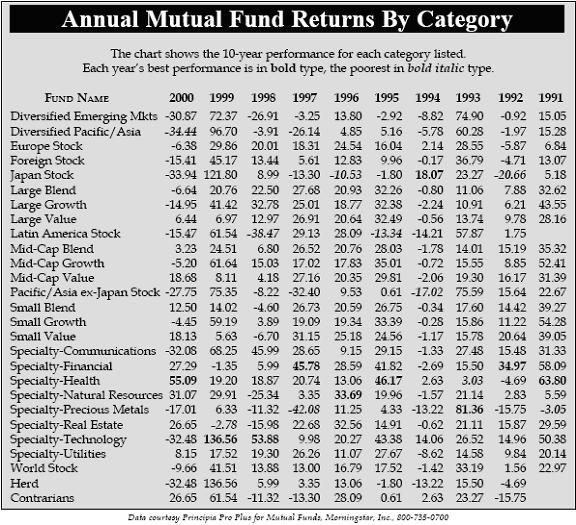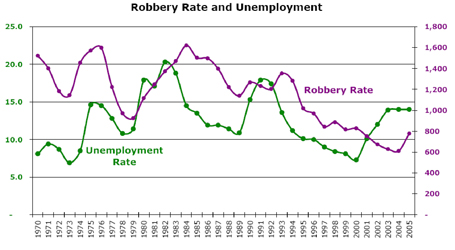I first noticed the recently ended housing bubble in 1997, when a client sold a home near Washington, D.C., and the buyer put 3 percent down and financed the rest.
I was astonished. One of the major culprits in the savings and loan crisis of the 1980s, which ultimately cost U.S. taxpayers an estimated $125 billion, was “asset-based lending.” This occurs when the principal security for a loan is the value of the property being financed, rather than the borrower’s ability to carry the debt.
A lender who finances 97 percent of a homebuyer’s purchase probably is engaging in asset-based lending for two reasons. First, the value of the property does not need to decline very much to make the collateral worth less than the outstanding loan. This creates an incentive for the borrower to walk away. Second, the larger loan balance means the borrower’s monthly payments are likely to be that much greater, leaving less room for error. Add complicating factors such as an adjustable-rate mortgage whose payments may increase, or life’s vicissitudes such as the loss of a job, and the risk of default rises sharply.
I thought the country learned a lesson from the 1980s debacle: no more super-leveraged transactions. Borrowing 80 percent for a home was OK; maybe 90 percent in exceptional circumstances. Certainly, lenders would not countenance anything higher. But then along came that deal in Arlington, Va.
Fast forward to 2005. With our firm opening an office in Fort Lauderdale, my wife and I visited the gleaming new condo towers nearby. What could be better than to have a comfortable place of our own within walking distance of work?
The first seller we met was a 30-something man who had no visible means of support. He was in the process of getting his real estate license. In the meantime, he explained, he earned spending money by buying an apartment, moving into it while he listed it for sale, then flipping it to the next buyer as he moved to another condo. Then there was the personal trainer I was introduced to, whose business card showed that his other job was — surprise — selling real estate.
Eventually, we bought a nice unit in a building that had been completed just 15 months earlier, though the apartment was nevertheless a mess. We are the third owners of that property. The original buyer never moved in; he flipped it to the second owner for a 25 percent profit. The second owner wrecked the apartment’s walls and carpet. We took that into account when we set the price, but, still, who puts a Murphy bed in a three-bedroom high-rise? He never made a single payment on his mortgage, and he sold the place to us, at a loss after taking his selling expenses into account, when foreclosure loomed less than a year after he bought it. You did not need to be Alan Greenspan to see that this story would not end well. (His critics would say that it helped not to be Alan Greenspan to see that this story would not end well.) Easy money fueled the recently busted housing boom. However, many people forget that easy money is a function of both price — interest rates — and terms. The Federal Reserve pushed interest rates to ultra-low levels in 2003 to help jump-start an economy that was struggling out of recession. It cut rates again last month to try to ward off the economy’s housing boom hangover.
But, as my client’s experience in Arlington showed, the terms part of the easy-money equation was in place much farther back. Now that mortgages are readily packaged and sold to investors from Kansas to Kuwait, lenders are far too ready to extend credit to anyone with a pulse. The financial world got a scare this summer when the exposure to subprime borrowers’ losses became apparent, but then the Fed rode to the rescue. Or did it?
Unless lenders resume extending loans to borrowers who should not receive them, lower rates will do nothing for all of the existing debt that cannot be serviced. Borrowers who cannot pay and cannot refinance will default. Investors who own those loans will take a loss, and the property that secures those loans will be sold for whatever it can bring.
If lenders do revert to the sorry standards of recent years, the party might get started again. But then what? Interest rates cannot stay in the basement forever. And loans must eventually be repaid. Putting off the reckoning will only increase the final bill.
Loans should be made to people who can reasonably be expected to repay, regardless of the value of the security. Collateral is a last resort, not a first option. Asset-based lending eventually leads to trouble.
We have learned our lesson now. I am certain of it. But then I remember Arlington, and suddenly I’m not so sure.











